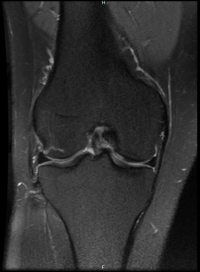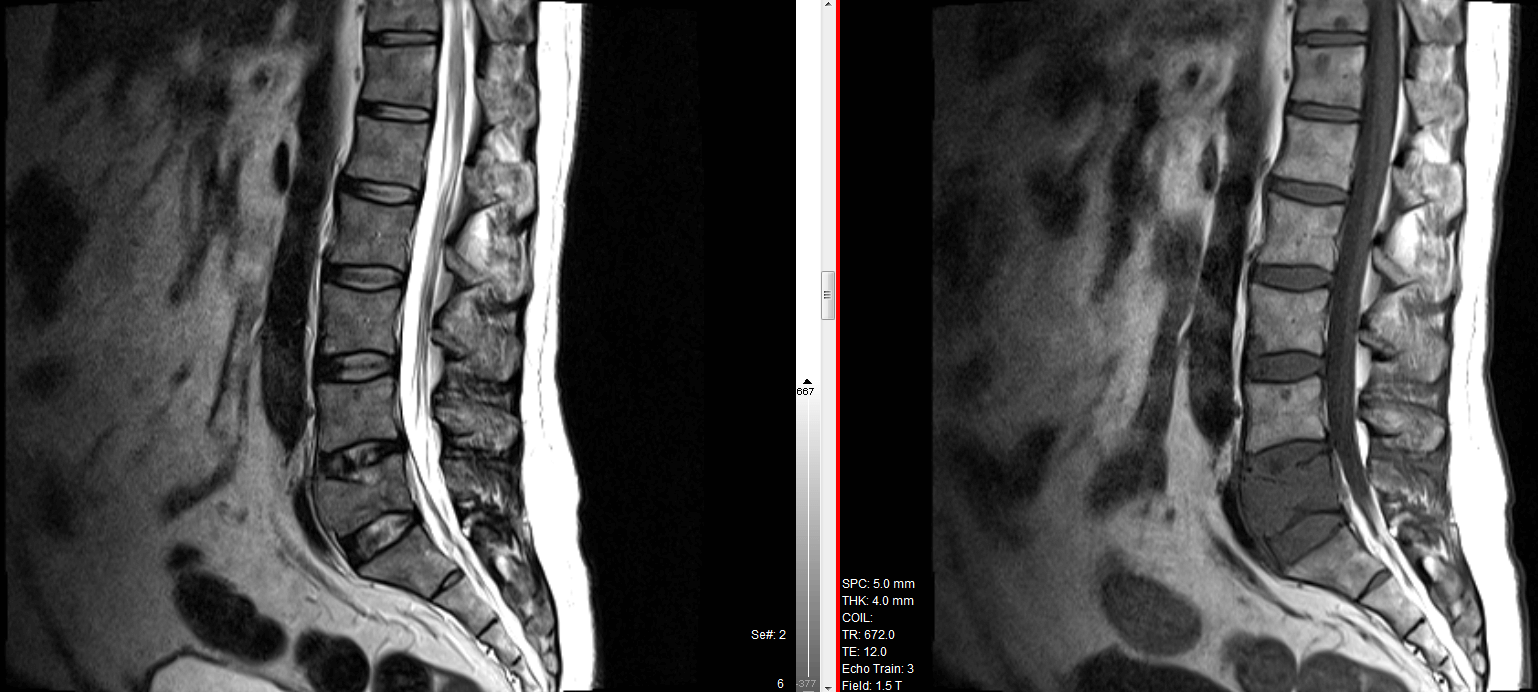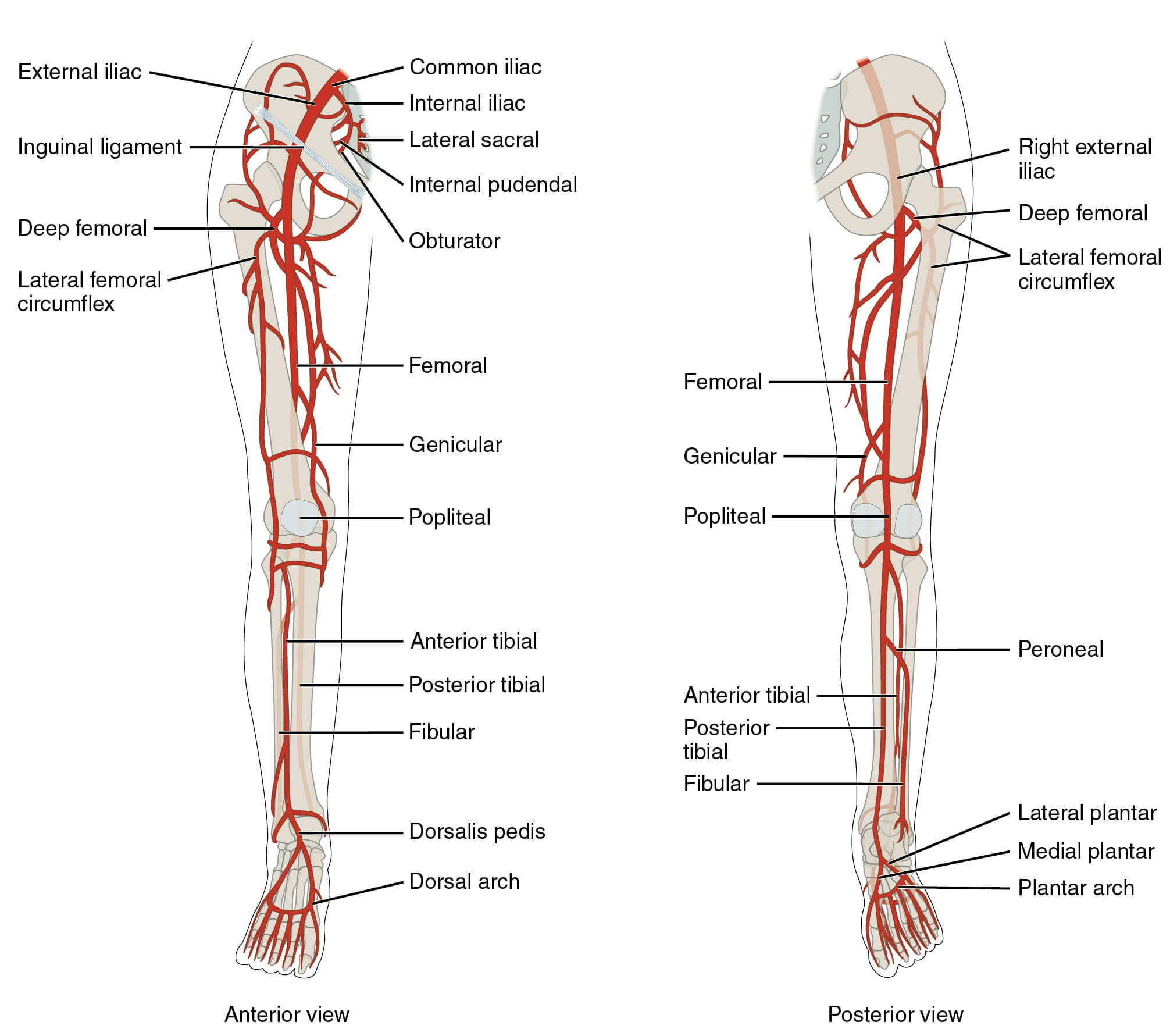There are 3 places in the body where fluid is present
- Fluid inside a cell - Intracellular fluid (ICF)
- Fluid outside a cell - Extracellular fluid (ECF)
- Fluid in blood vessel - Extracellular fluid (ECF)
This means ECF is divided in to two subcompartments.
- Fluid between the cells is called interstitial fluid.
- Fluid that sits in blood vessel is called blood plasma.
Interstitial fluid and blood plasma are easily exchangable due to blood capillaries being porous. This is significant because the concentration of solutes in the interstitium is going to be the same in blood plasma. RBCs, WBCs and proteins are too big for the pores and therefore remain within the blood vessel. Ions however are easily exchanged between the interstitium and the blood plasma. Therefore concentraction of sodium, calcium, potassium, chloride, bicarbonate etc in the interstitium will be the same as in blood vessel. Therefore when serum is tested for electrolytes it gives a reflection of ions in the interstitium.
Ions of the ECF
Major ions in the ECF are
- Sodium - Na+ (cation)
- Calcium - Ca2+ (cation)
- Chloride - Cl- (anion)
- Bicarbonate - HCO3- (anion)
Common ions in ICF
- Potassium - K+
- Magnesium - Mg2+
- Phosphate - PO43-
- Negatively charged proteins
Solutes between interstitium and ICF are not easily exchangable because cells are covered by a phospholipid bilayer which is made of fat. Ions are therefore repelled by this layer. They are only exchanged by ion channels.
Significance of the above
- Although the ions of interstitium and ICF cannot exchange freely but what can exchange freely is water.
- Normally concentration of all the solutes (ions, glucose, urea etc) inside the cell is similar to concentration of all the solutes outside the cell which is 290mOsm (milli osmoles)
- If someone is dehydrated, then the fluid in the interstitium drops but the amount of ions remains around the same which means its concentration increases in the interstitium. This causes a concentration difference between ICF and interstitium.
- As water moves from lower concentration of solutes to higher concentration of solutes, it moves out of the cells. Therefore the cell shrinks. This is called crenation.
The increased concentration of solutes in the interstitium is picked up by the receptors in the hypothalamus. This sends a signal to the posterior pituitary and it releases ADH (anti diuretic hormone) into the blood stream. The hormone reaches the kidney. It then acts at the collecting ducts and inserts aquaporin proteins which help reabsorb water thereby reducing excretion and increasing retention.
Blood pH & Bicarbonate Buffer System
Normal blood pH is 7.35 - 7.45
It is the concentration of hydrogen ions that determine the blood pH.
- too many H+ ions make it acidic
- too little H+ ions make it alkaline
If the body doesn't have enough H+ ions, it makes it and vice versa, to maintain blood pH.
How does the buffer system work?
- Definition of acid - An acid is anything that can donate a hydrogen ion
- Definition of a base - A base is something that can accept a hydrogen ion
CO2 + H2O ⇌ H2CO3 ⇌ H+ + HCO3-
- H2CO3 is Carbonic Acid which is a weak acid
- HCO3- is bicarbonate which is a weak base
If our body does not have enough H+ ions, it gets it from carbonic acid. If it has excess, it gets converted in to carbnoic acid by combining with bicarbonate.
When CO2 combines with H2O it becomes carbonic acid.
The first part of the equation happens in the lungs. CO2 is a by-product of respiration. Mitochondria take up oxygen, generate ATP and CO2. CO2 is expelled from body and for that to happen it first diffuses into blood stream where it combines with water and gets converted into carbonic acid. Carbonic acid being a weak acid can easily split into H+ and HCO3-





